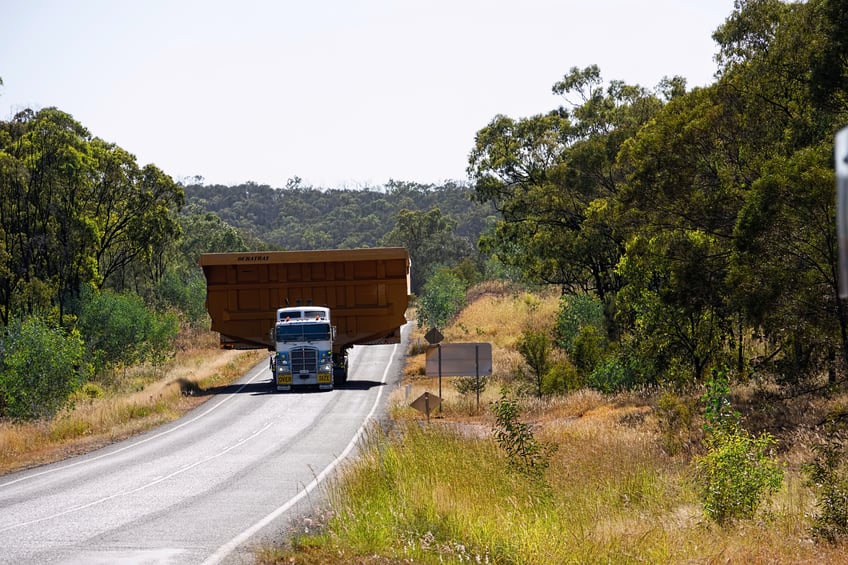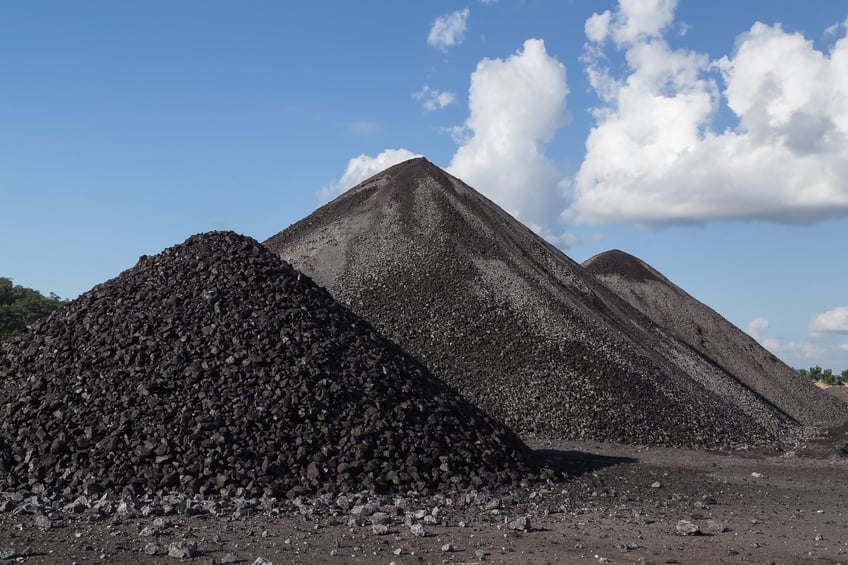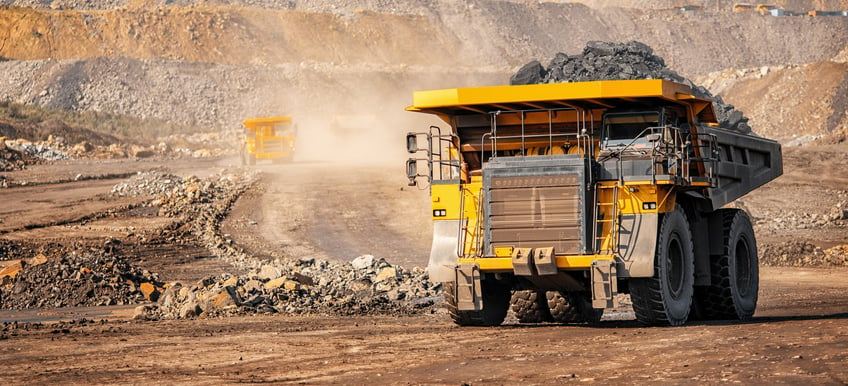Australia is the biggest exporter of coal in the world, exporting mostly to Japan. Australia only uses 15% of its 147.4 billion tons of coal for domestic use. Around 14% of the world’s coal comes from Australia.
Compare coal mining suppliers
What is the biggest coal mine in Australia?
The biggest coal mine in Australia by reserves is the Peak Downs mine in the Bowen Basin of Central Queensland, with a total of 718 million tons of reserves. Peak Downs produces 11.8 million tons of metallurgical coal in the 2018-2019 financial year, outputting to the Hay Point Coal Terminal by Mackay for shipping. It has been operating since 1972 as an open-cut mine and uses dragline and truck/ shovel fleets to remove its overburden.

Why does Australia use so much coal?
Though Australia only uses 15% of its coal for domestic purposes, it accounts for 69% of all electricity generation in Australia. In the 2013-2014 financial year, it used 55.8 million tons domestically. Compared to the US, China and Russia, that’s not much coal, except if you account for the population difference between the countries. Russia used 88 million tons of coal in a year with a population of 144.5 million people. That’s nearly six times Australia’s population and not even double the coal.
There are a few reasons why this is the case. Firstly, two-thirds of Russia’s coal reserves produce the more efficient anthracite, whereas there are only smaller pockets of anthracite in Australia and larger deposits of the less efficient brown coal.
Second, 110 million of Russia’s 144 million people live in ‘European Russia,’ the area in or near the two largest cities, Moscow and St. Petersburg. With a smaller overall area to distribute the coal to, there is less energy wastage on powerlines as in Australia, where not only the population but the mines and powerplants are spread over remote areas.
Thirdly, a larger percentage of Australia’s energy use is coal. Although Russia has larger coal reserves, 54% of their energy consumption is natural gas. The coal equivalent in oil and their direct coal consumption in 2018 together accounted for less than 43% of their total energy consumption. Australia uses so much coal because we rely on it more than any other energy source, we waste energy by sending powerlines over longer distances between less people, and the coal we use is (generally) not very efficient.
Climate activists have opposed Australia’s extensive use of coal and the Morrison government has claimed they will reduce carbon emissions by 26-28% by 2030. It is unclear exactly how these two factors will affect future coal usage.

Does Australia have ‘clean’ coal?
Australia does have anthracite, the ‘cleanest’ and most efficient coal in the world. However, anthracite is referred to as ‘black coal,’ along with bituminous coal and sub-bituminous coal – the latter referred to by Europe as brown coal. So, Australia’s total ‘black coal’ is not all the efficient anthracite, and overall, not as efficient as what Europe calls black coal. Even with these inclusions into the ‘black coal’ family, Australia produces more brown than black coal. So, the short answer is yes, Australia does have anthracite (‘clean’ coal), but not much.
How many coal jobs are there in Australia?
200,000 jobs.

Who owns Australia’s coal mines?
The six biggest mining companies in Australia are: the BHP Group, Rio Tinto, Fortescue Metals, Newcrest Mining, South32 and Evolution Mining. Find out more about these companies in our blog profiling “The 6 Biggest Mining Companies in Australia.”
To keep up to date with all of the latest industry and project news, subscribe to iseekplant's Constructionsht blog today.


